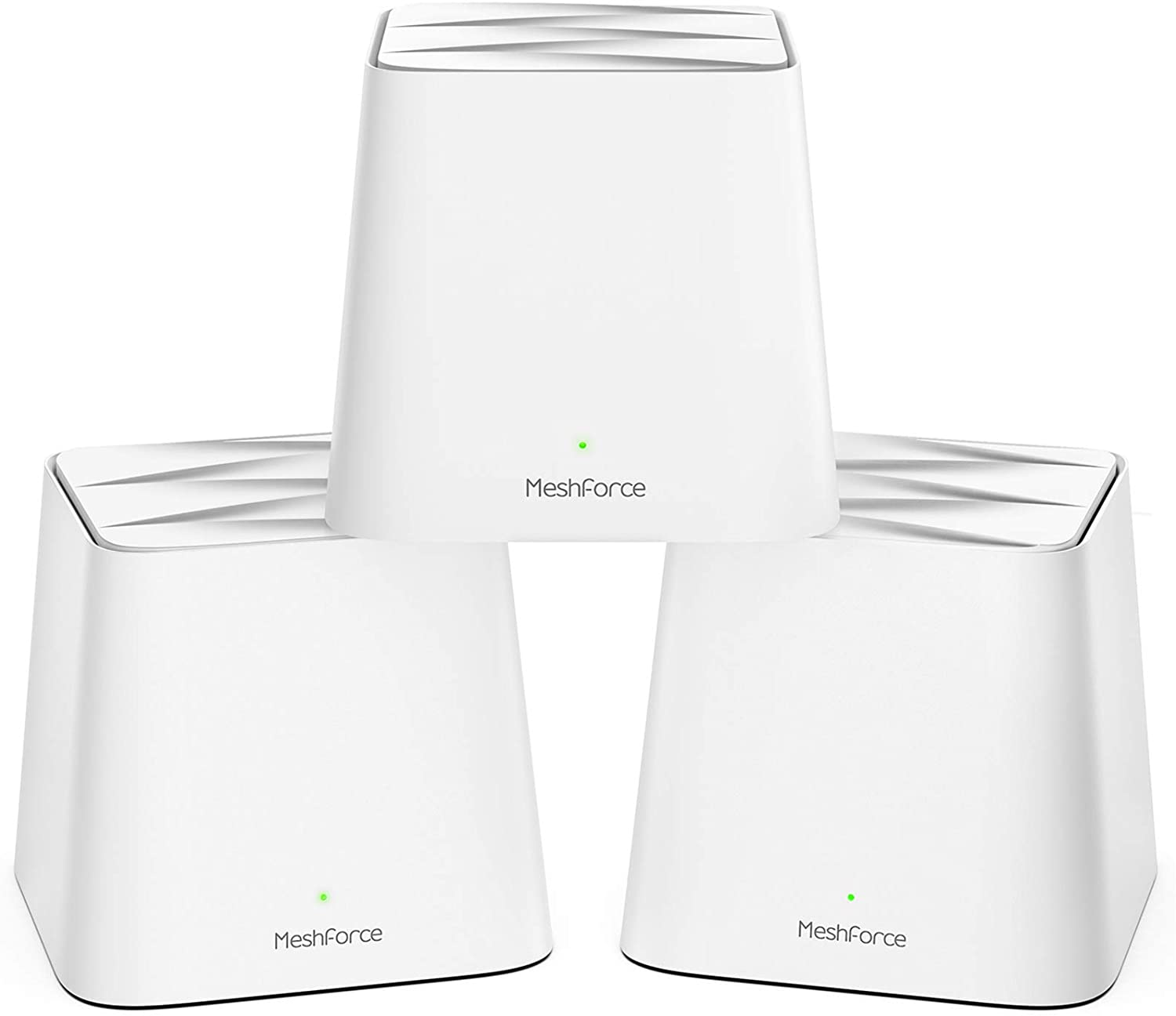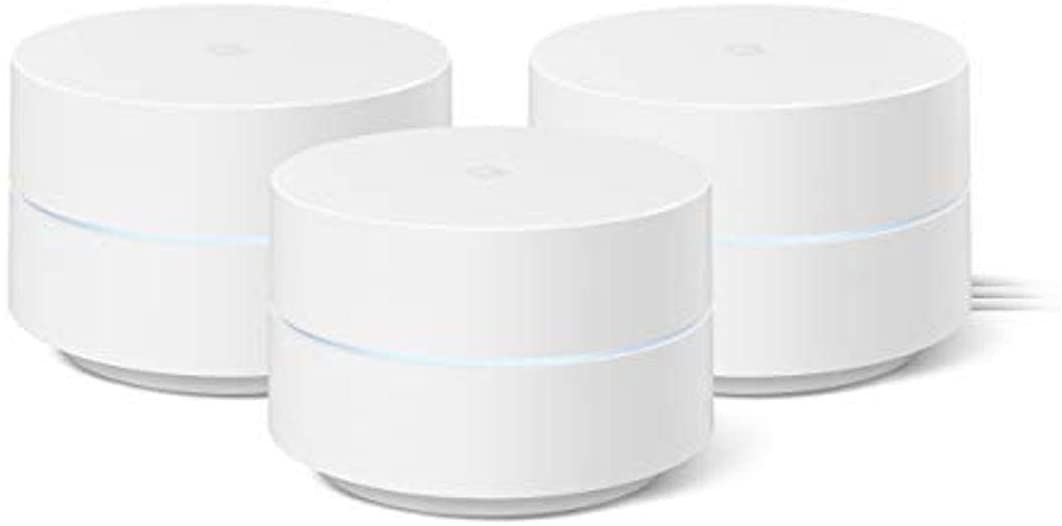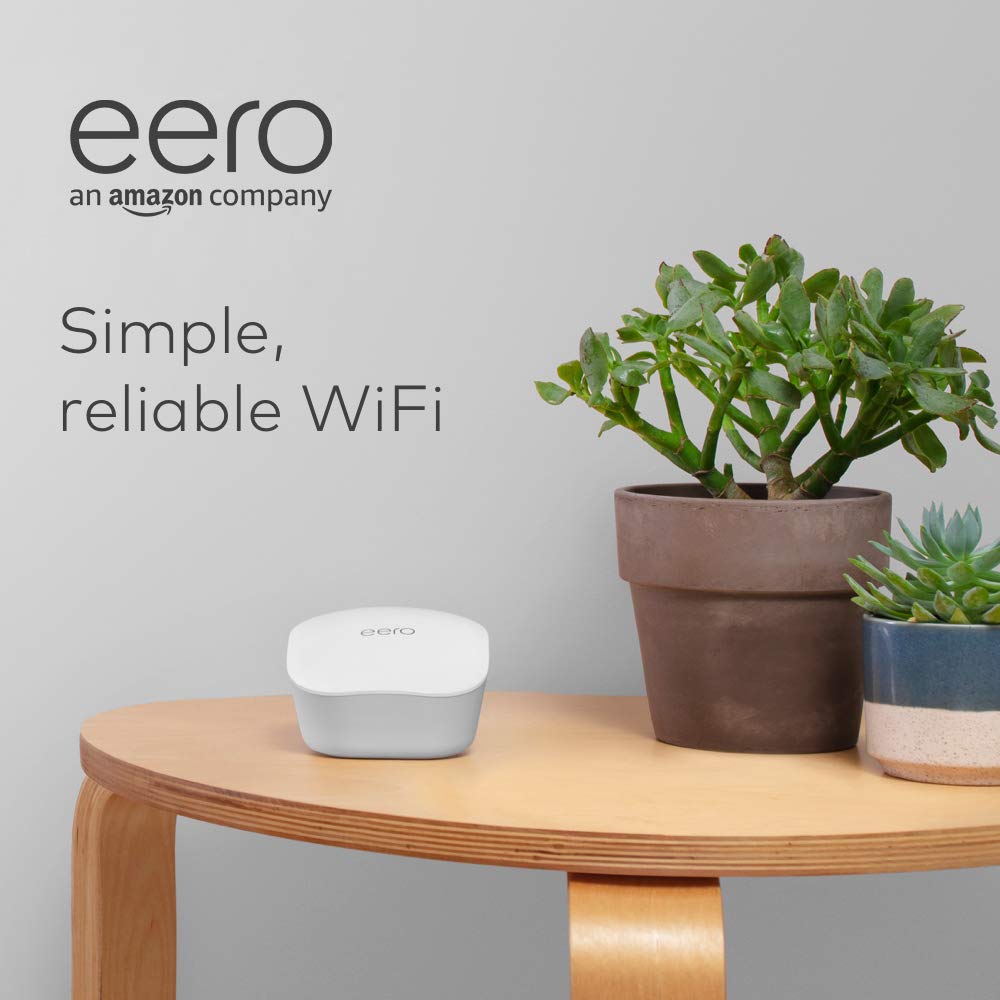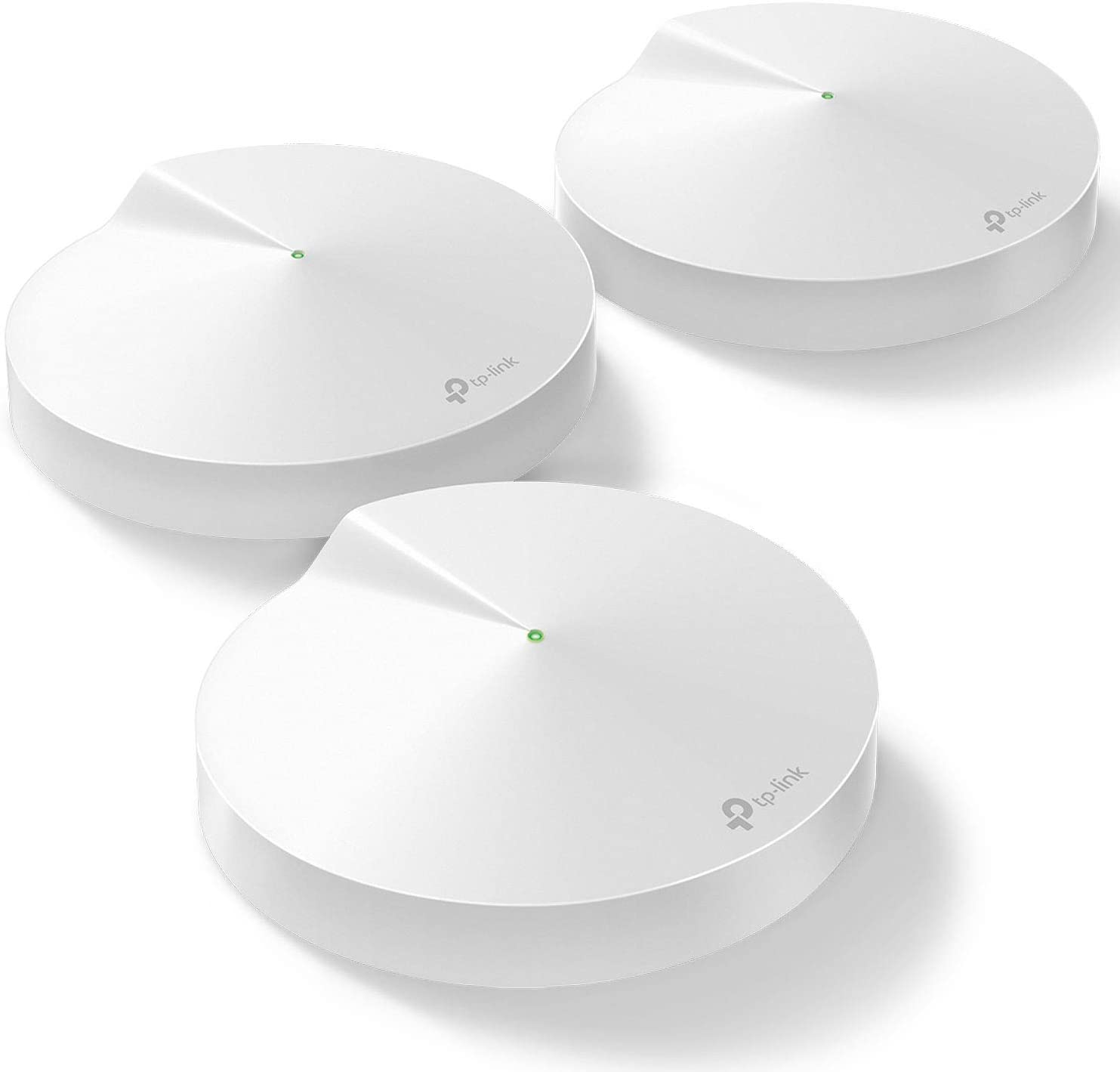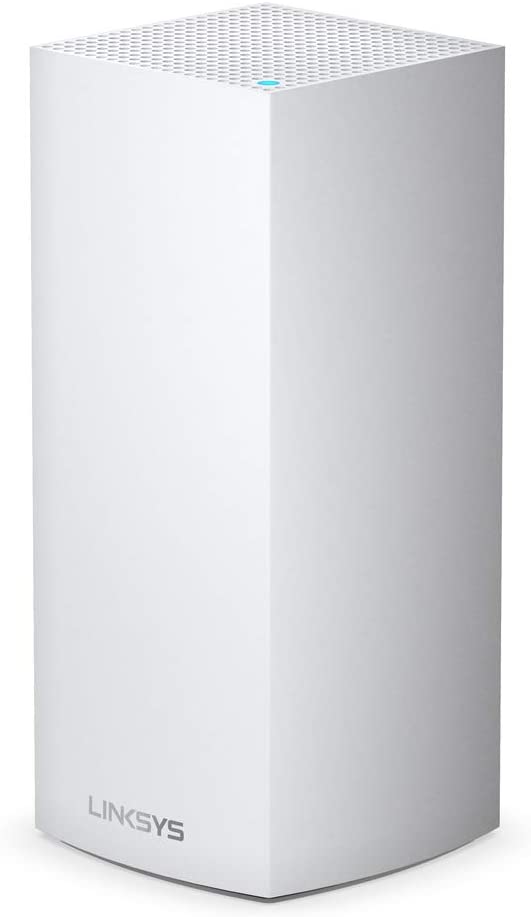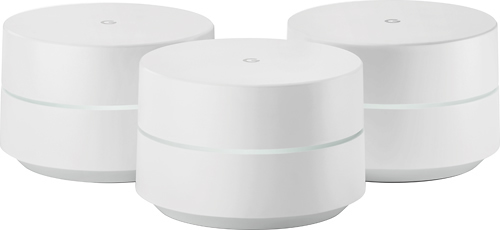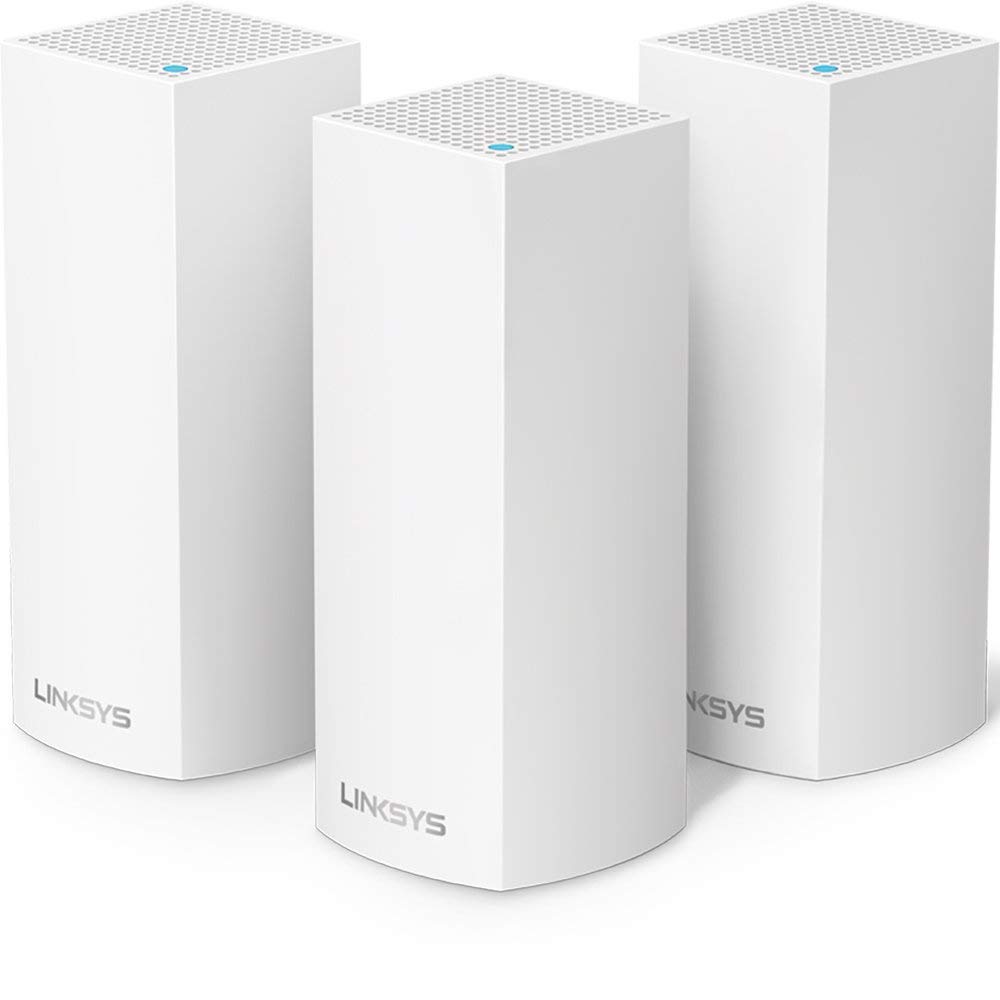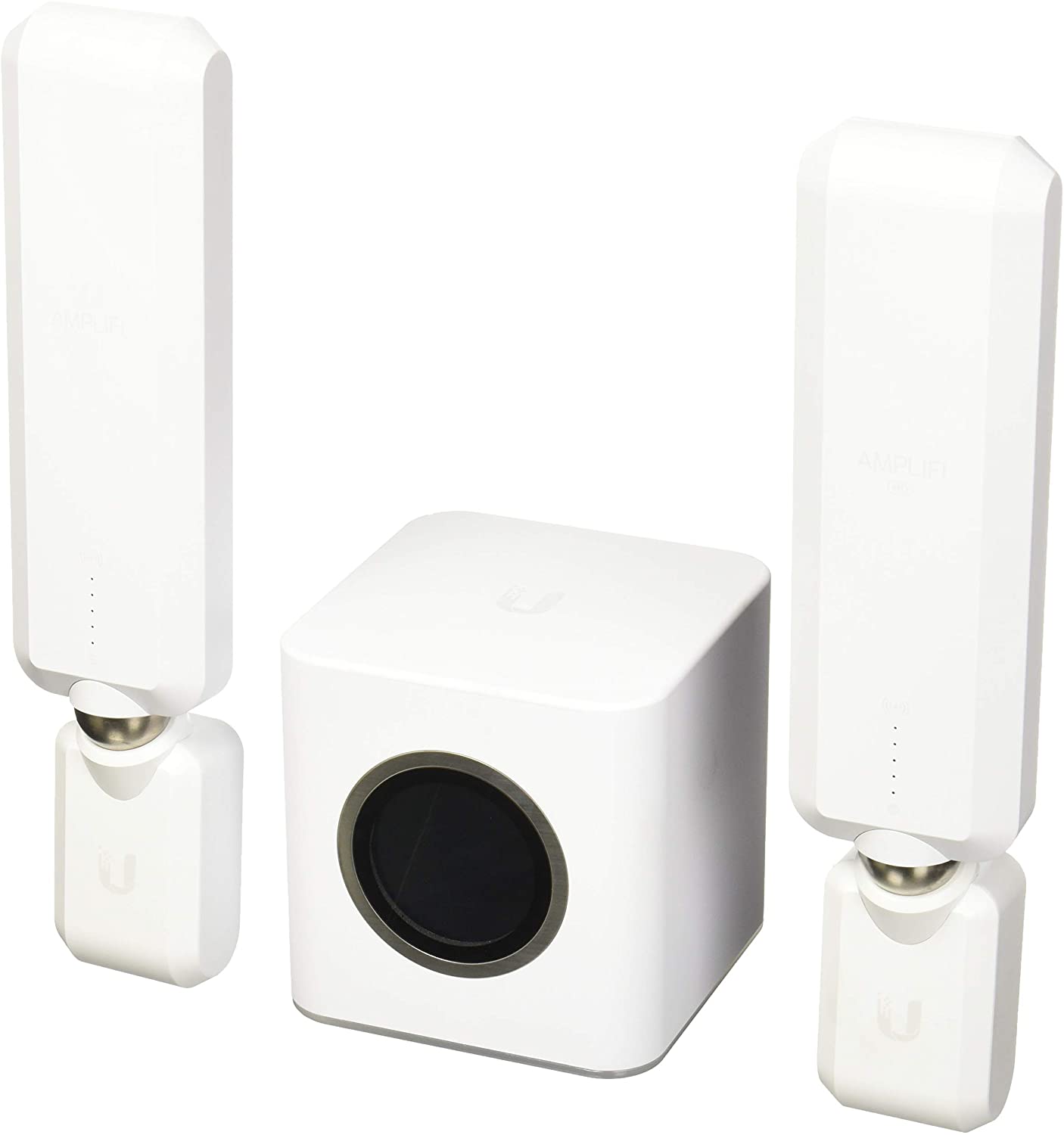Meshforce M1 Whole Home Mesh Router Wi-Fi System
Last updated: October 27, 2021
With this mesh router, your entire home will enjoy unprecedented Wi-Fi coverage. In fact, the system is able to cover a home with as many as six bedrooms. The unit also comes with a set of parental controls, which is a nice bonus if you have small children at home.
We looked at the top Mesh Routers and dug through the reviews from some of the most popular review sites. Through this analysis, we've determined the best Mesh Router you should buy.
Product Details
Key Takeaway: Set up time for this mesh router is less than 10 minutes!
In our analysis of 25 expert reviews, the Meshforce M1 Whole Home Mesh Router Wi-Fi System placed 5th when we looked at the top 10 products in the category. For the full ranking, see below.From The Manufacturer
Upgraded WiFi Performance. The upgraded M1 mesh wifi system now has an ever-greater WiFi coverage capability comparing with original product. The 2020 version model M1 will bring you a much more stable WiFi experience. Powerful Mesh Technology. Meshforce M1 deployed the true mesh technology to assure seamless and reliable connection no matter where you are in the house. Supports MU-MIMO technology, helps relieve congestion in busy or dense networks. Easy Install in Minutes. Optimized for everyone can play. Setup Meshforce on mobile in a few minutes. Meshforce M1 is compatible with vast majority ISP in the United States. Flexible WiFi Coverage. Covers more than 4500 square feet from garage to backyard. You can add up to 6 Meshforce points or dot, to drive your WiFi system’s maximum potential up to 10K square feet. No matter apartment, house or office zone, MeshForce M1 is ready to use. Secure Connection to Your Smart Home. Your data and WiFi access are well protected under WPA/WPA2 Mixed security level password encryption. Welcome your visitors and friends with guest network in an isolated WiFi zone, guards your privacy and smart home access in pocket.
Our Expert Consultant

Tech writer for Digital Addicts, avid PC/console gamer
